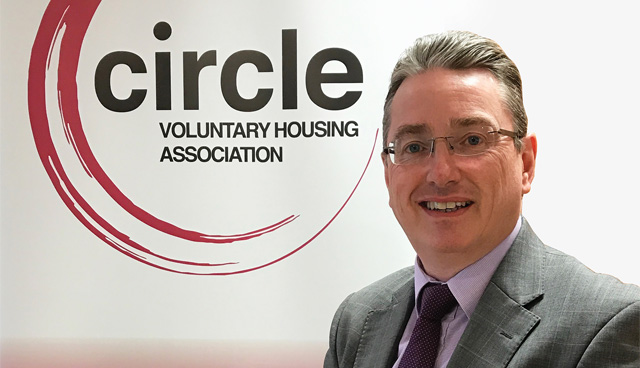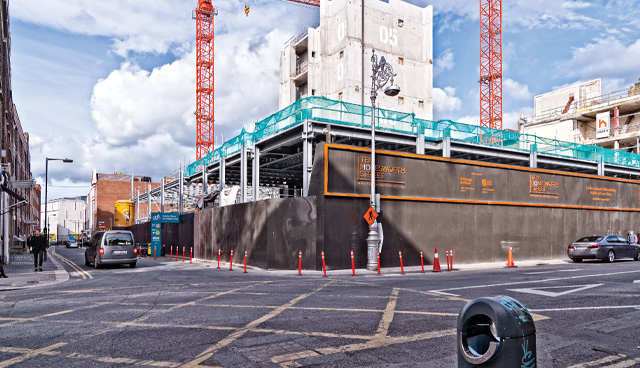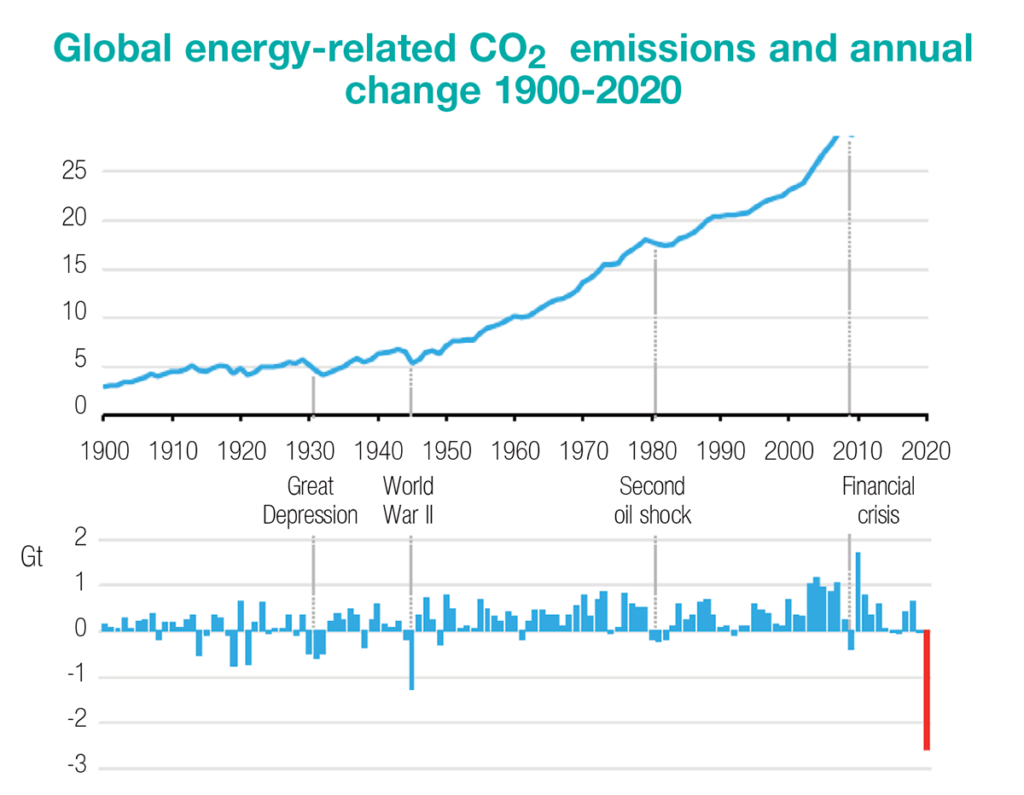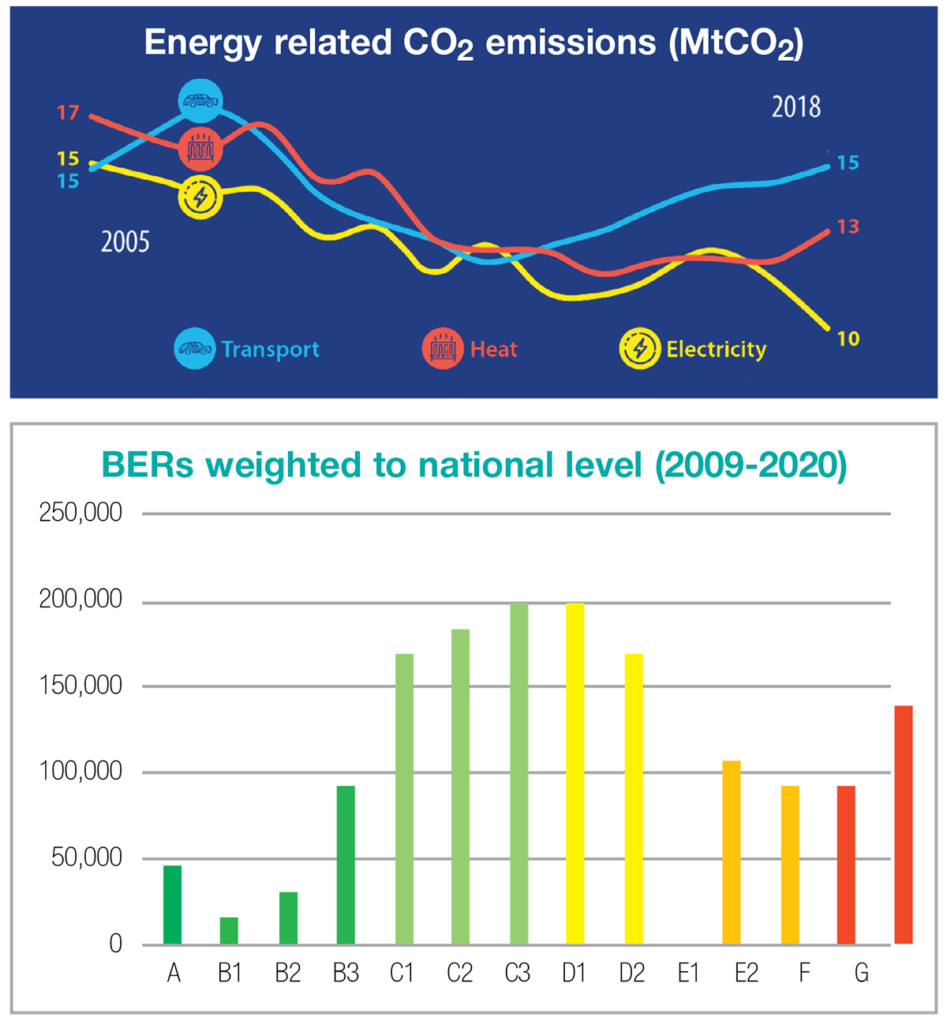
Housing, development and the future: ‘Providing quality homes for those in housing need’
21st July 2020
Construction at a glance
22nd July 2020Ireland’s housing retrofit imperative

Upgrading Ireland’s housing stock to minimise the greenhouse gas emissions from heating, lighting and appliance use and maximise the comfort and health of citizens is already a national priority. It is rapidly becoming an imperative. Jim Scheer, Head of Policy Insights with Sustainable Energy Authority of Ireland (SEAI), writes.
Momentum has been increasing since the publication of the Government’s Climate Action Plan in 2019, building on the work of many actors supporting retrofits in Ireland since around 2000. But what will it take to cause the ‘renovation wave’ being spoken about in EU circles [1] to break over Ireland?
Context for action
The United Nations Environment Programme (UNEP) 2019 Gap Report [2] sets the scale of the decarbonisation challenge with one clear, stark piece of data: 7.6 per cent. This is the rate, at which science dictates, total global greenhouse gas emissions must reduce every year to keep to 1.5°C of warming. This will inevitably involve significant changes in how we run our economy, and for many, how we live our lives.
The International Energy Agency provides the definitive global statistics on emissions from energy use. Based on their most recent analysis in the Global Energy Review 2020 [3], CO2 emissions from energy use worldwide could decline by around 8 per cent in 2020. Such a reduction would be the largest ever; six times larger than the previous record reduction in 2009 due to the financial crisis and greater than those seen during the Great Depression, both world wars, and the oil shocks of the 1970s (IEA, 2020).
The impact of the pandemic on international emissions is what we have wanted to see for some time, but not of course how we wanted to see them being achieved.
SEAI’s most recent data for 2019 [4] indicates a 3.9 per cent reduction in energy related emissions for the first year of data since the Government’s Climate Action Plan [5] was released. The biggest savings coming from (nearly) eliminating coal use for electricity generation. A welcome development — however an action that can only be taken once.
One-quarter of all energy used in Ireland is consumed directly in homes; second only to transport, and more than is used by industry. Emissions (over 9 million tonnes CO2 per year) and energy use in homes decreased from 2006–2014 as the economy contracted. But we have seen a reversal in this trend over recent years with energy use in households in 2018 at 9 per cent higher than in 2014. Increasing house numbers and sizes are outpacing efforts to reduce energy demand through energy efficiency. New homes are built to very high standards of energy efficiency and must include 20 per cent of energy use sourced from renewable energy. So, the real challenge lies in upgrading the existing housing stock.
The graph across shows the spread of household Building Energy Ratings (BERs) as of 1 May 2020, weighted to the stock of permanently occupied dwellings across Ireland (source: CSO). It illustrates that over 1,350,000 homes in the country are at C1 or less and over half at D1 or less. A lot of scope for major improvement.

Economic and social case for retrofit
Beyond the climate, there are many additional benefits for Ireland from upgraded homes. Well insulated homes are comfortable, cheaper to run, and bring health benefits. Studies show that increased indoor temperatures lead to reduced hospital and doctor visits for those with underlying health conditions, taking pressure of the health system. SEAI’s Warmth and Wellbeing scheme has funded upgrades in these groups. Further analysis of the scheme will highlight the benefits of deep energy renovations in such situations.
Analysis by McKinsey & Co. for the Government’s Climate Action Plan highlighted the compelling economic case for retrofitting homes and buildings. It is one of the cheapest ways to remove carbon from our energy system. Despite this economic case and long running government grants, the renovation wave we require has not yet broken. Government intervention is still very much warranted to accelerate deployment given the range of barriers householders face. Much work is required to increase awareness of the benefits and to continue to build community momentum, an area being explored via SEAI’s behavioural insights team.
Government and citizen action: Generating momentum
To date, over 440,000 householders have taken advantage of existing government supports through SEAI to make their homes more energy efficient and to use renewable energy. However, as yet, those upgrades have not been deep enough to reverse the trend of household greenhouse gas emissions. Last year, around 2,000 homes were upgraded via government schemes to a BER B2 level. The Climate Action Plan envisages this number increasing to 3,500 in 2020, scaling up to over 50,000 annually from 2024 onwards.
There is plenty of work to do, and a growing economic and jobs opportunity awaiting us.
The Climate Action Plan includes over 180 measures, with many of them targeted at supporting improved energy efficiency in homes. These measures will see the addition of low-interest finance products to support homeowners to overcome the upfront cost barriers. SEAI has worked on a number of innovative finance pilots that are starting to bear fruit. We have also seen banks introduce green mortgage and lower interest finance products for household retrofits, as well as new products targeting home energy retrofits e.g. via An Post [6].

Other measures will include:
- Supporting skills development
A range of measures have been included in government plans to support the necessarily skills development for installing high levels of insulation and technologies like heat pumps. SEAI estimates that between 30,000 and 40,000 jobs could be supported by a full-scale programme nationally. - Targeted support for heat pumps
Heat pumps will reduce the 700,000 plus homes currently using oil as a main source of central heating. Many of these homes, are already heat pump ready, and by switching to electricity provide an opportunity to get those homes off direct fossil fuel use all together. - Area based initiatives
Delivering upgrades on an area-by-area basis offers economies of scale to delivery agents and hence savings for householders. SEAI’s BER mapping allows targeting of areas where the carbon savings could be greatest. Community action is on the rise and working in groups helps address many of the known barriers. - District heating
Government has signalled its intention to support the establishment of district heating networks in Ireland. Another significant infrastructure project, these measures create jobs and provide emissions reductions facilitating the use of renewable and waste heat, replacing fossil fuels.
The next wave of action is coming
SEAI is observing many positive signs on retrofit for Ireland. The wave is building in size and momentum. We have seen an explosion in community-based activity with over 350 community groups forming to look at solutions and access grants and other Government supports. We are seeing several innovative finance products come to market. Central government is leading through the National Retrofit Task Force. Momentum is gathering at EU level too with what is being termed the EU Renovation Wave. This has potential for Ireland to leverage international financial supports.
Transforming Ireland’s housing stock to a low carbon one is an infrastructure challenge that will generate jobs, economic activity and unlock wide-ranging benefits for Irish householders and the Government, including a crucial contribution to climate targets. SEAI looks forward to playing its role as Ireland’s energy authority, supporting the delivery of this essential project.
For information on SEAI’s data insights or home energy grants, visit www.seai.ie
- https://ec.europa.eu/energy/topics/energy-efficiency/energy-efficient-buildings/renovation-wave_en
- https://www.unenvironment.org/interactive/emissions-gap-report/2019/
- https://www.iea.org/reports/global-energy-review- • 2020/global-energy-and-co2-emissions-in-2020
- https://www.seai.ie/news-and-media/co2-emissions-from-energy/
- https://www.dccae.gov.ie/en-ie/climate-action/topics/climate-action-plan/Pages/climate-action.aspx
- https://www.businesspost.ie/climate-environment/an-post-to-offer-green-loans-for-retrofitting-homes-62dfc526






